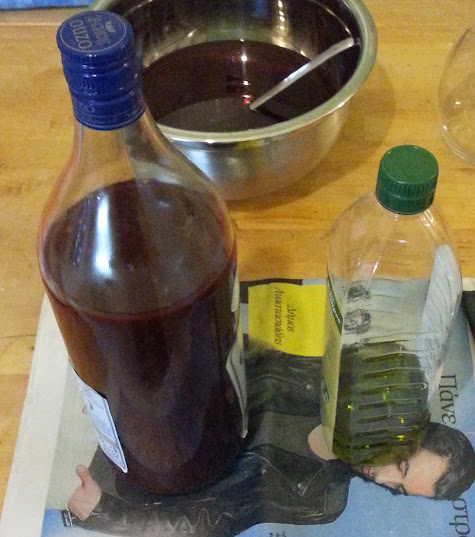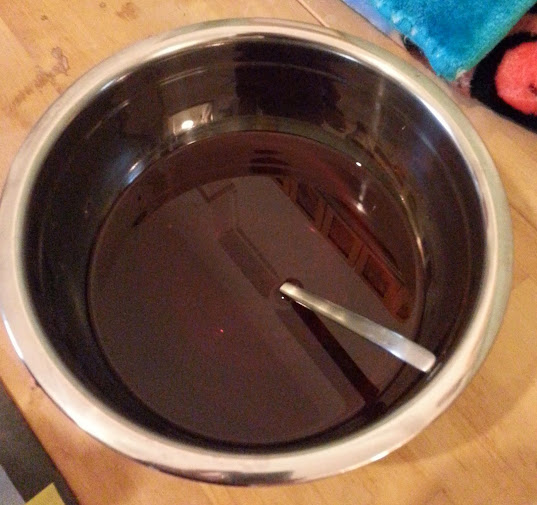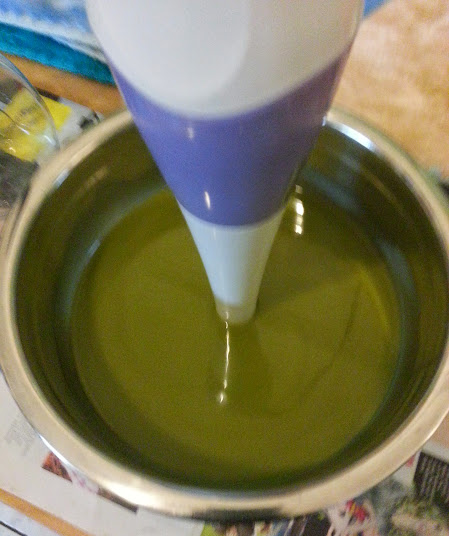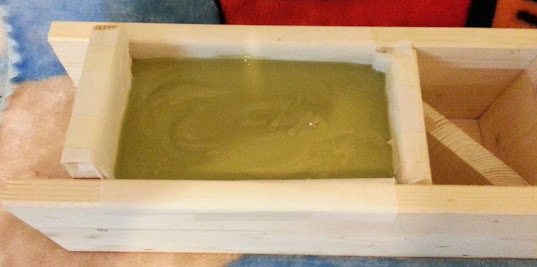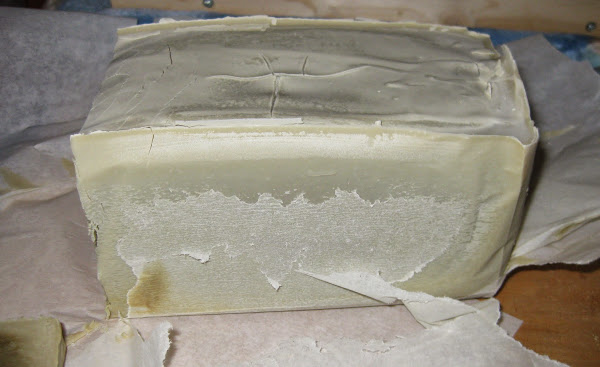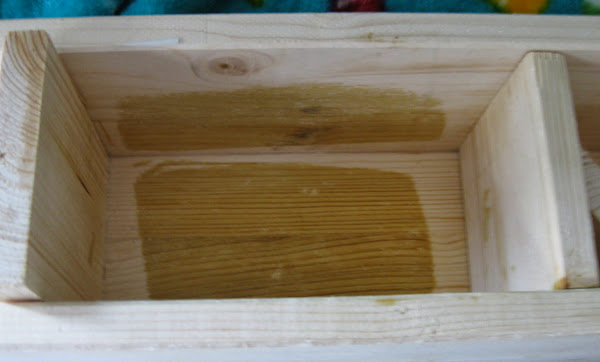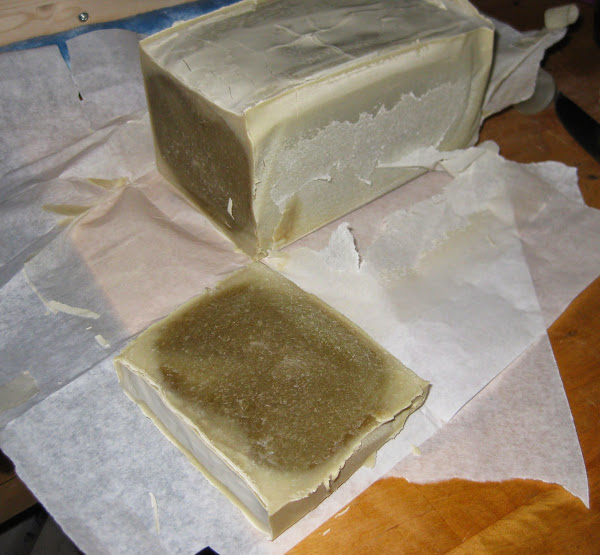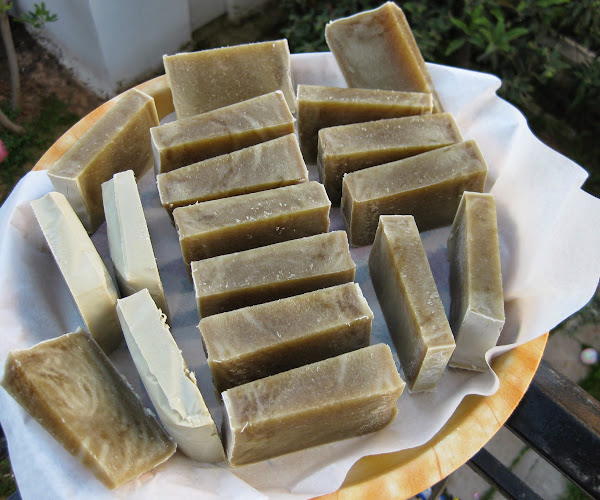dimitris
Well-Known Member
- Joined
- Mar 17, 2013
- Messages
- 90
- Reaction score
- 66
Here in Greece, it's a tradition to make St. John's Wort Oil with extra virgin OO and the flowers of the plant every spring.
My grandmother does this every year and I have more than 10oz of crimson red oil which I usually use for treating burns etc.
I am thinking of using it in a Castille soap and substitute 10-20% with the St. John's Wort Oil. Other than the healing effects (if there will be any after the saponification), it is most likely to be either red or pink.
What do you guys think?
My grandmother does this every year and I have more than 10oz of crimson red oil which I usually use for treating burns etc.
I am thinking of using it in a Castille soap and substitute 10-20% with the St. John's Wort Oil. Other than the healing effects (if there will be any after the saponification), it is most likely to be either red or pink.
What do you guys think?





